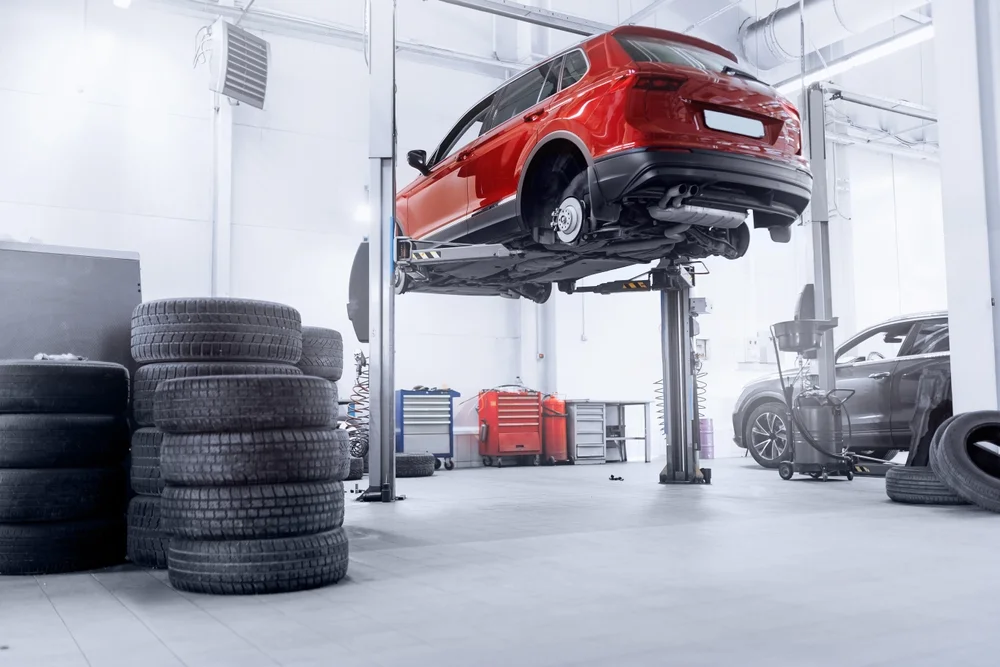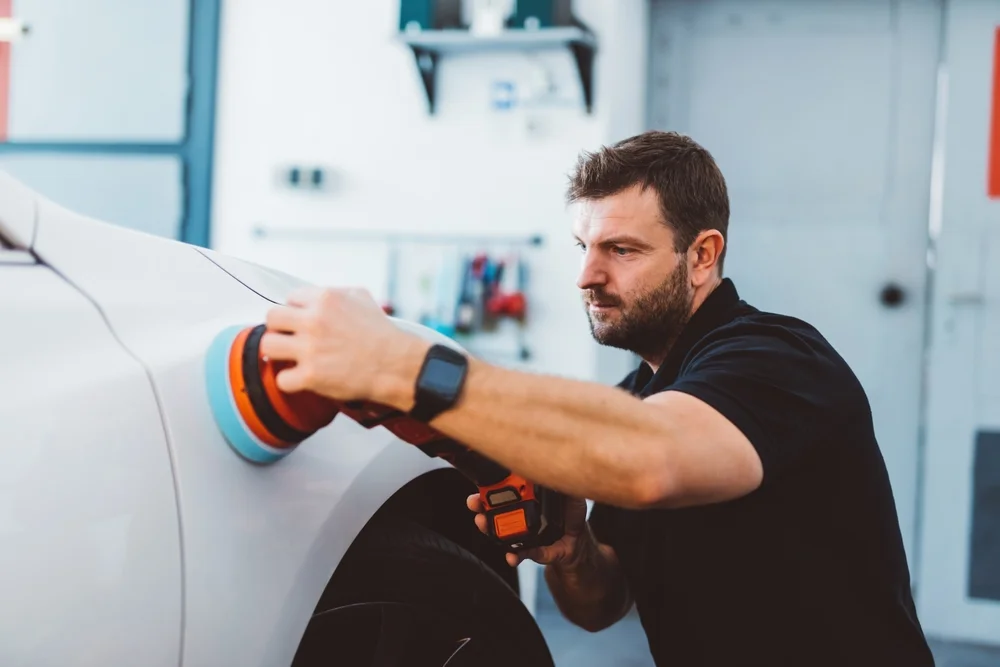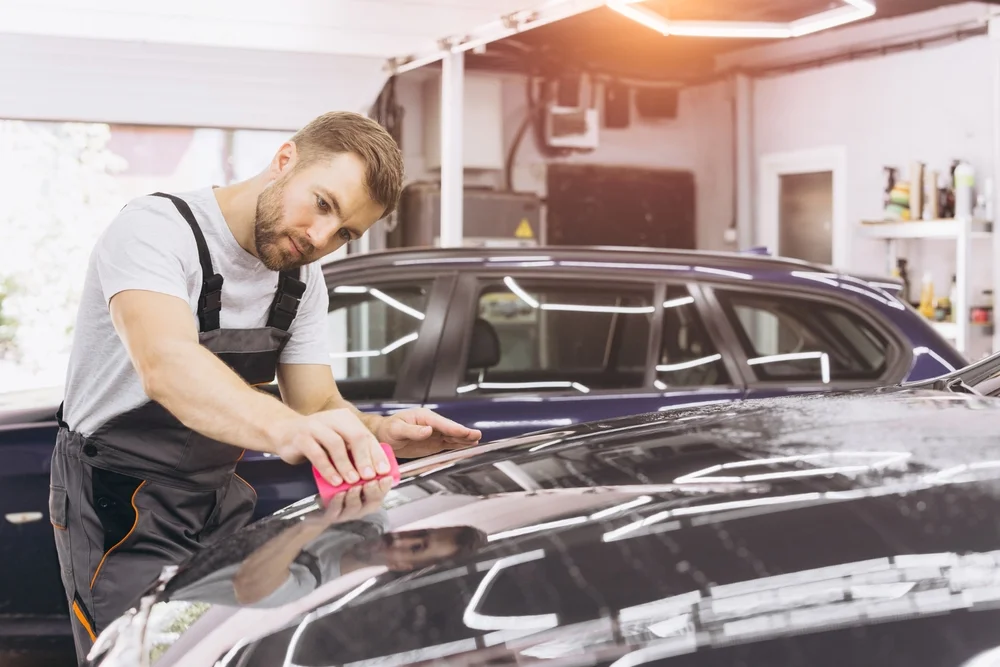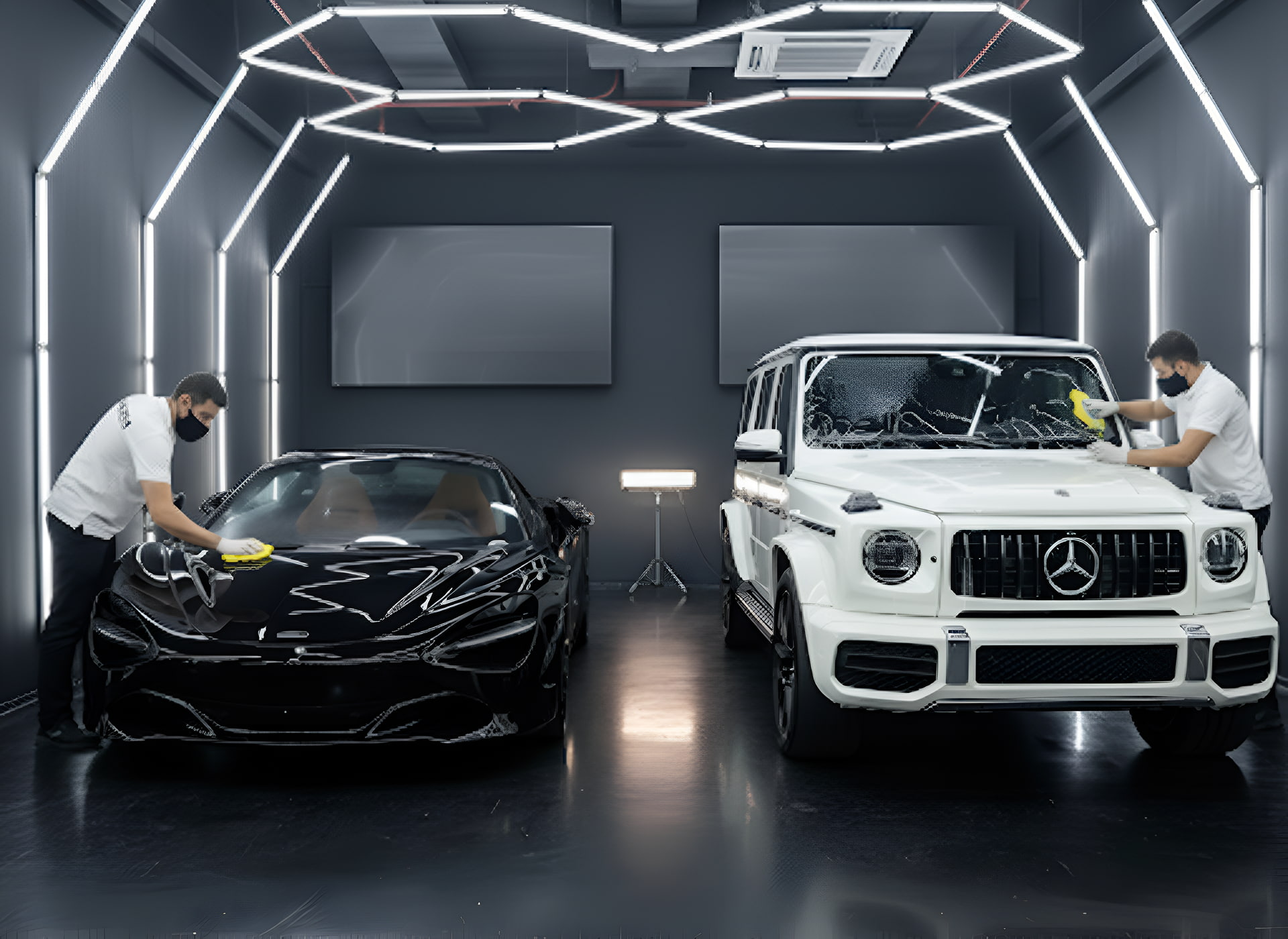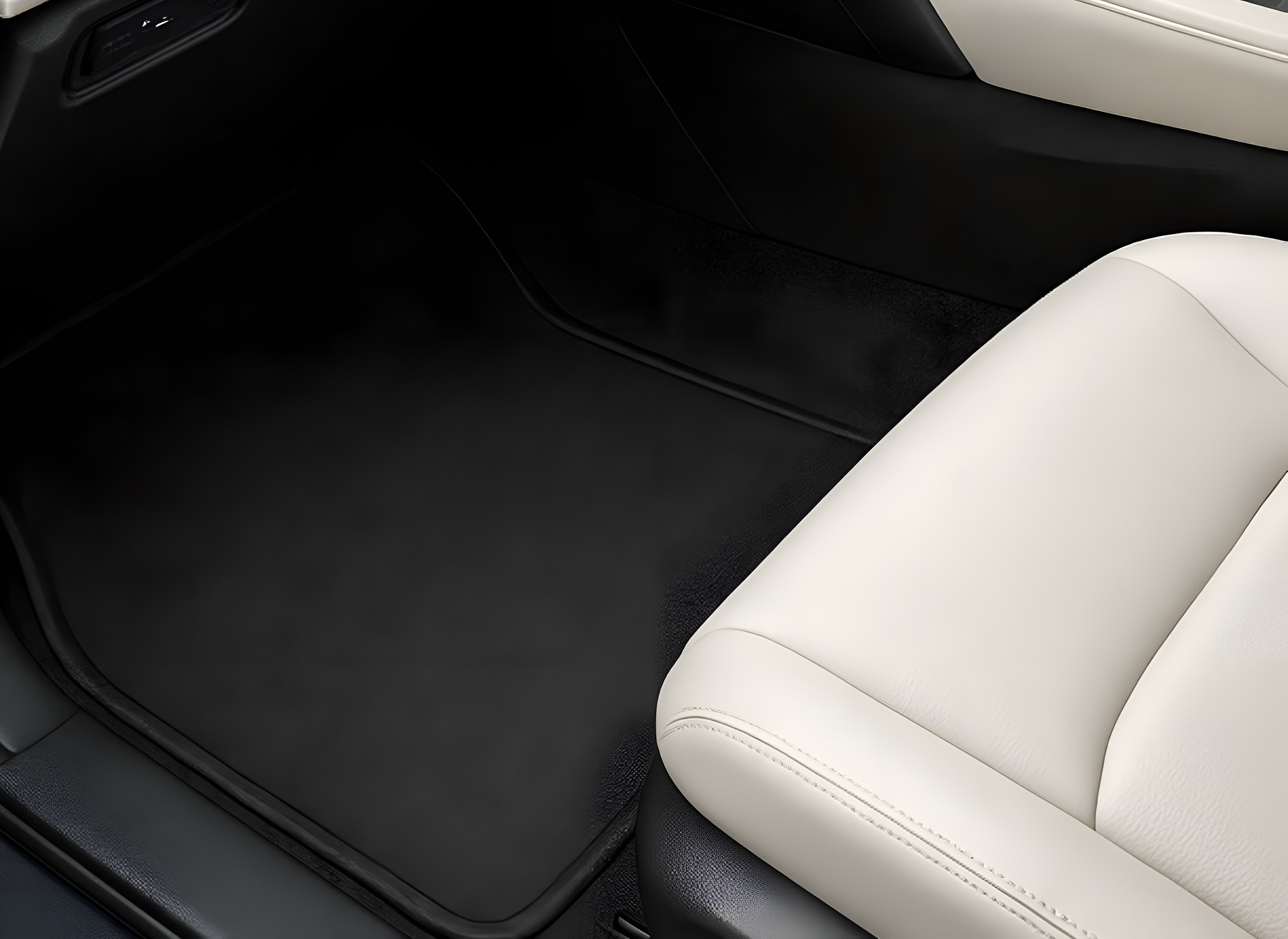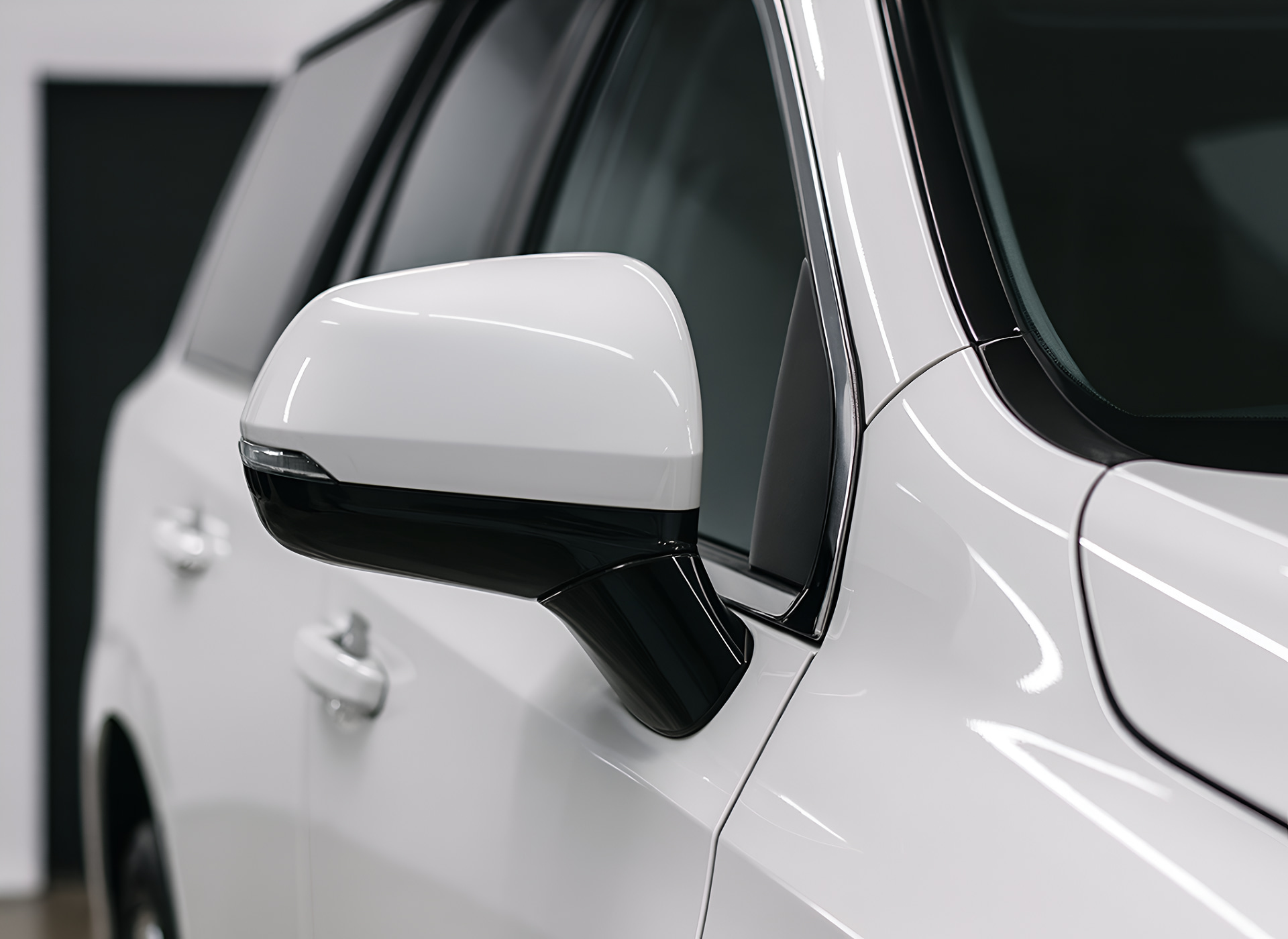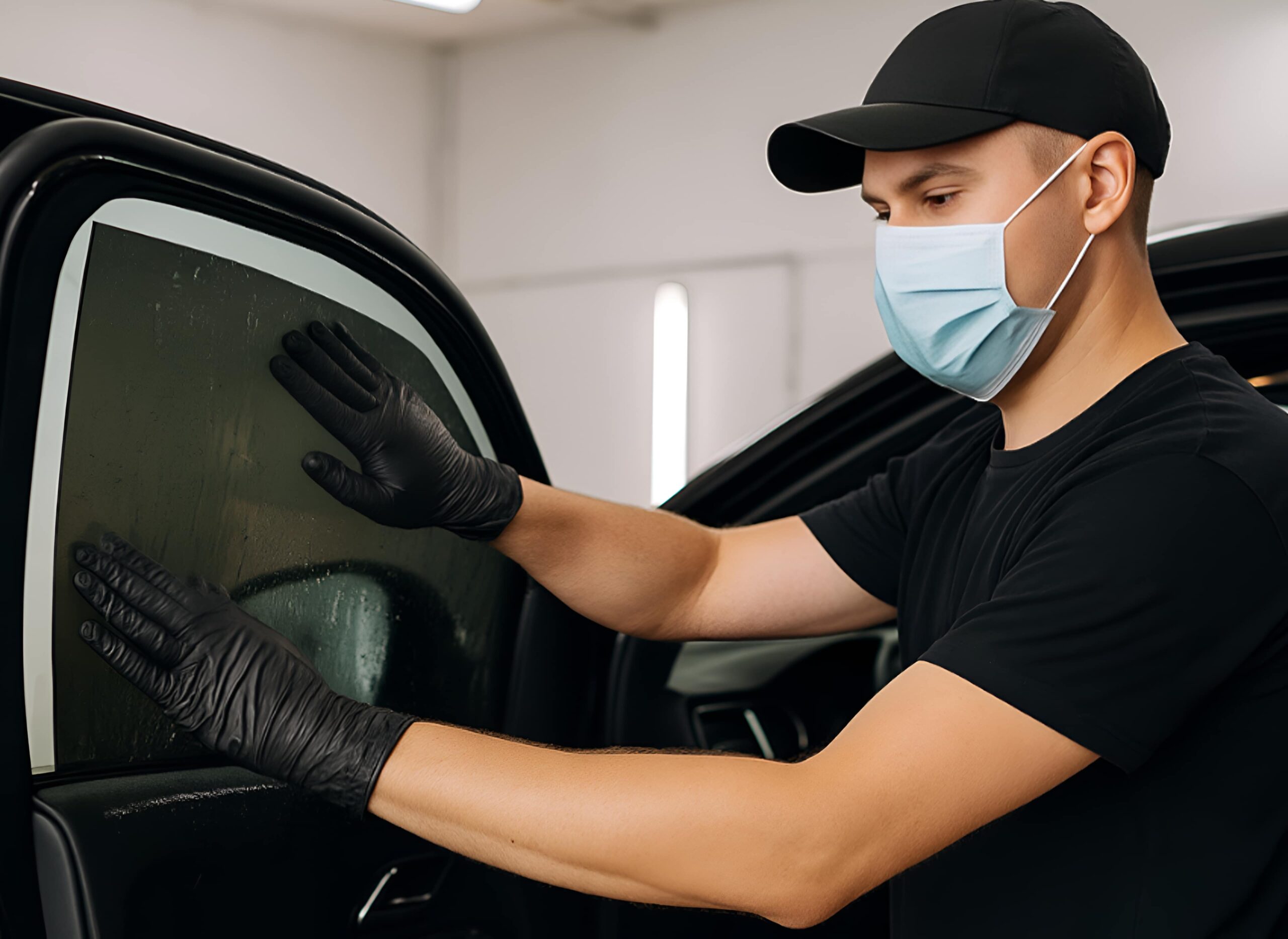Has your car’s paint lost its deep, shiny glow and started to look a bit dull and chalky? That is often the first warning sign of a common problem called Car Paint Oxidation. This issue is more than just a cosmetic flaw; it is a sign that your paint is deteriorating. If you catch it early, you can often reverse the damage and protect your car’s value. But if you ignore it, the damage can become permanent and very expensive to fix. This guide will teach you how to identify the early stages of Car Paint Oxidation, understand what causes it, and know what steps you can take to restore your car’s beautiful finish.
What is Car Paint Oxidation?
Think of Car Paint Oxidation like rust, but for your paint job. Your car’s paint is constantly exposed to the environment. Over time, the sun’s ultraviolet rays, along with oxygen in the air, begin to break down the chemical bonds in the paint’s clear coat and color layers. This process is called oxidation. The clear coat is the transparent, protective top layer that gives your car its shine and shields the colored paint underneath. As it breaks down, it becomes less effective, leaving the color layer vulnerable. This leads to that faded, chalky appearance that makes your car look old and neglected. It is a slow process, but in a harsh climate like the UAE, with its intense sun and heat, it can happen faster than you might think.
How to Spot the Earliest Signs of Paint Oxidation
The earliest signs of oxidation are subtle, so you need to look closely. The most common first sign is a loss of gloss. Your car’s finish will no longer have a deep, reflective shine. Instead, it will look a bit hazy or milky, especially when viewed in direct sunlight. The color may also appear slightly faded, as if the car has been washed too many times. Another clue is a rough texture. When you run your hand over the paint, it should feel as smooth as glass. If it feels gritty or sandy, that is a clear indicator that the clear coat is failing. Pay special attention to horizontal surfaces like the roof, hood, and trunk lid, as these get the most sun exposure.
Advanced Stages of Paint Damage
If the early signs are ignored, the oxidation will get much worse. The dull, chalky finish will become more obvious and widespread. The paint may start to take on a whitish or grayish powdery film that you can sometimes see on your finger after you touch it. In severe cases, the clear coat can crack and peel away entirely. This exposes the base color coat, which will then oxidize and fade very quickly. Eventually, the damage can reach the primer and even the bare metal, leading to rust. At this advanced stage, a simple polish will not be enough, and the only solution is a full repaint from a professional Car Paint Shop in Sharjah, which is a significant investment.
What Causes Car Paint to Oxidize Faster
Several factors speed up the oxidation process. The biggest enemy is the sun. Ultraviolet radiation is the primary cause of paint breakdown. Extreme heat accelerates this chemical reaction, making a hot climate a double threat. A lack of regular washing and waxing also plays a huge role. Dirt, bird droppings, and industrial fallout contain acids that eat away at the clear coat. Without a protective layer of wax, the paint is left exposed to these elements. Finally, poor-quality previous paint jobs or repairs may not have the same durability as the factory paint, making them more likely to oxidize prematurely.
Simple Tests to Check for Car Paint Oxidation
You can perform a couple of easy tests to confirm if your car has oxidation. The first is the bag test. Take a plastic sandwich bag and put your hand inside it. Then, gently wipe the bag over the paint on your hood or roof. The thin plastic amplifies the texture, making any roughness from oxidation much easier to feel. If it feels gritty, you have early oxidation. The second test is the spray test. After washing your car, spray a section with clean water. If the water beads up into round droplets, your paint’s protective layer is still somewhat intact. If the water spreads out into a flat sheet and does not bead, it means the surface is porous and the protective layer is gone, which is a sign of oxidation.
How to Fix Early-Stage Oxidation
The good news is that early-stage oxidation is often reversible. When the damage is only on the surface of the clear coat, you can remove it through polishing and compounding. These products are mild abrasives that work by carefully cutting away a thin, damaged layer of the clear coat to reveal the smooth, intact layer underneath. This process requires a machine polisher and some skill to avoid damaging the paint further. After polishing, it is essential to apply a high-quality sealant or wax. This new protective layer will shield the freshly exposed clear coat from the sun and air, preventing the oxidation from returning immediately.
Prevention is Always Cheaper Than a Cure
The best way to deal with oxidation is to stop it from ever starting. A consistent and careful cleaning routine is your first line of defense. Wash your car regularly with a proper car shampoo to remove harmful contaminants. More importantly, you must protect the paint. Applying a good quality wax every three to four months, or using a more long-lasting ceramic coating, creates a barrier between your paint and the elements. Whenever possible, park your car in a garage or in the shade. Using a car cover is also an excellent way to provide constant protection from the sun, especially for vehicles that are parked outside for long periods.
Conclusion:
If you have spotted the signs of oxidation and want a professional assessment, the team at Monza is here to help. For severe oxidation that requires professional repainting, our Car Body Painting Services in Sharjah provide a complete solution to bring back your car’s original shine. We can evaluate the condition of your paint and recommend the best solution, from a simple polish to a full restoration. Don’t let the sun ruin your car’s finish. Contact Monza today for expert advice and quality car care services. Simple Tests to Check for Car Paint Oxidation. Reach out via email at monzaautocare@gmail.com or by phone at +971 554 24 2600.
Frequently Asked Questions
Can a brand-new car suffer from paint oxidation, or does it only happen to older vehicles?
Yes, even new cars can oxidize. The factory clear coat is durable, but without proper waxing and sun protection, breakdown can begin within a couple of years, especially in hot climates.
Does the color of my car affect how likely it is to oxidize?
Yes, darker colors like black, red, and navy absorb more solar heat, which accelerates oxidation. Still, any color can oxidize once the clear coat weakens, making consistent protection necessary for all vehicles.
How often should I wax my car to effectively prevent oxidation in a hot climate like the UAE?
In harsh climates, waxing every three to four months is recommended. For longer-lasting defense, professional-grade sealants or ceramic coatings provide durable protection for up to a year or more.
If I polish the oxidation away, will the damage come back?
Yes, polishing removes oxidation but also strips some protection. Without reapplying wax or sealant, the clear coat is exposed again, and oxidation will return quickly under sunlight and environmental stress.
Are there any products I should avoid using on my car that might cause oxidation?
Yes, avoid dish soap or general household cleaners, since they strip wax and protective coatings. Always use car-specific shampoos and care products designed to clean safely while protecting your paint.


